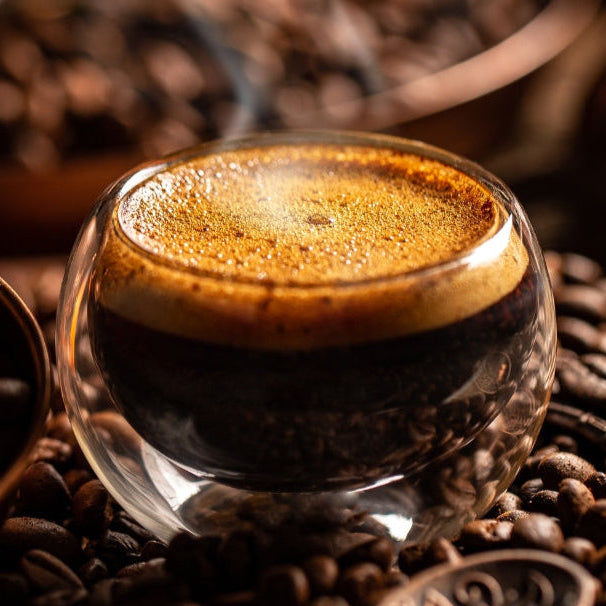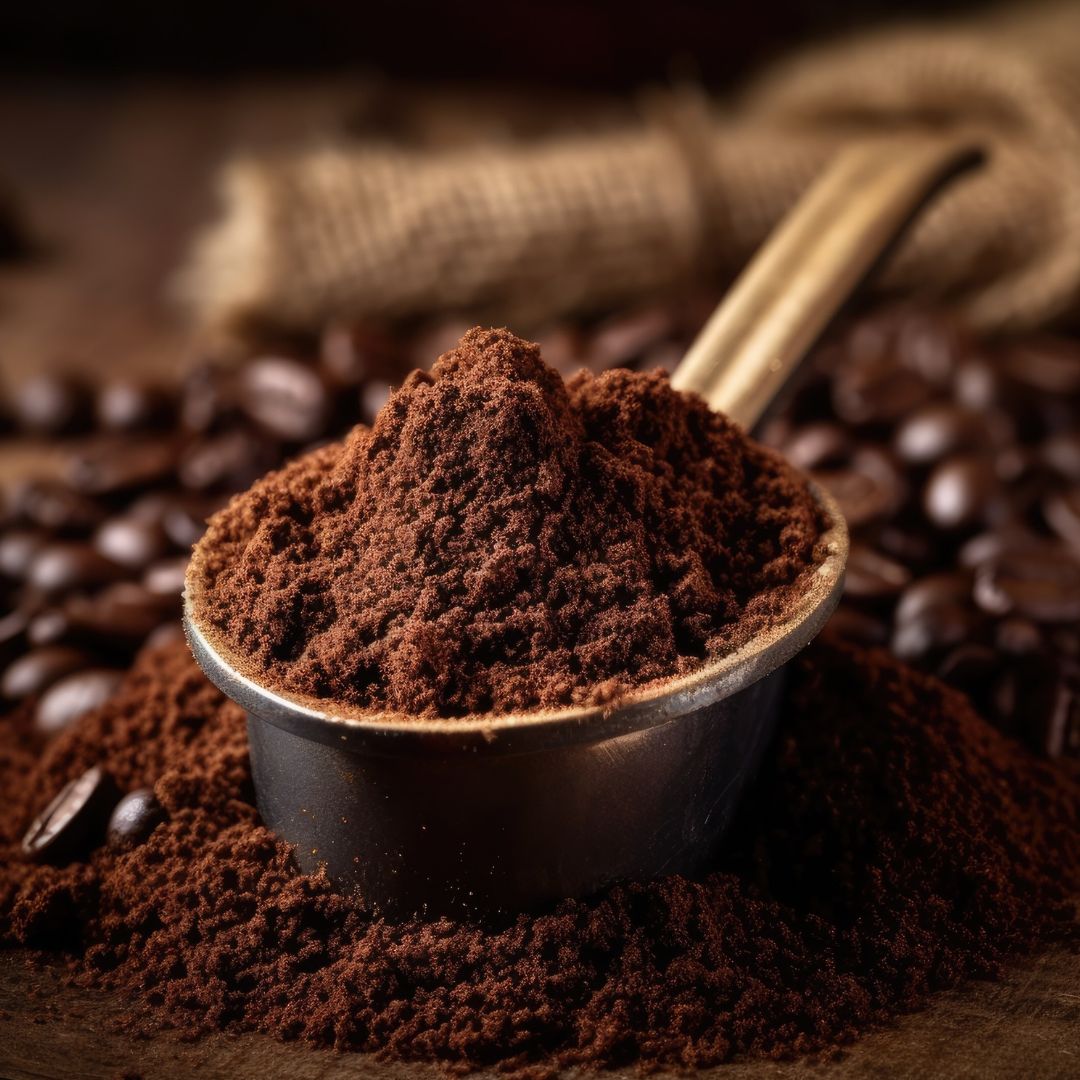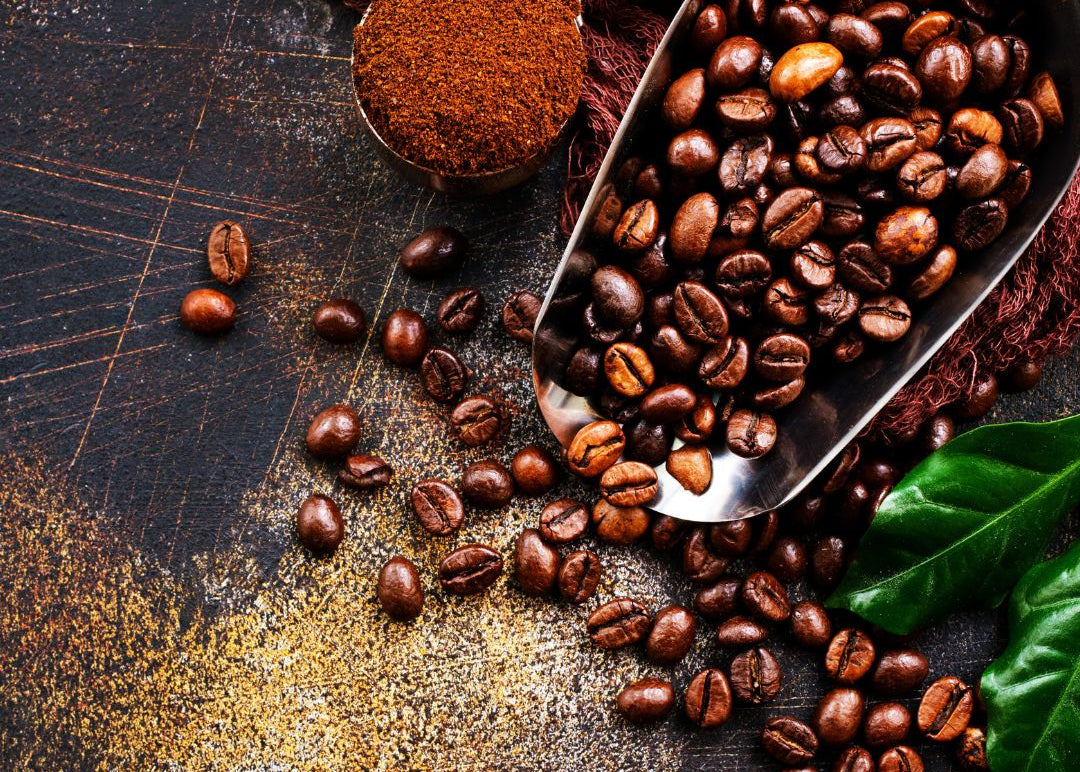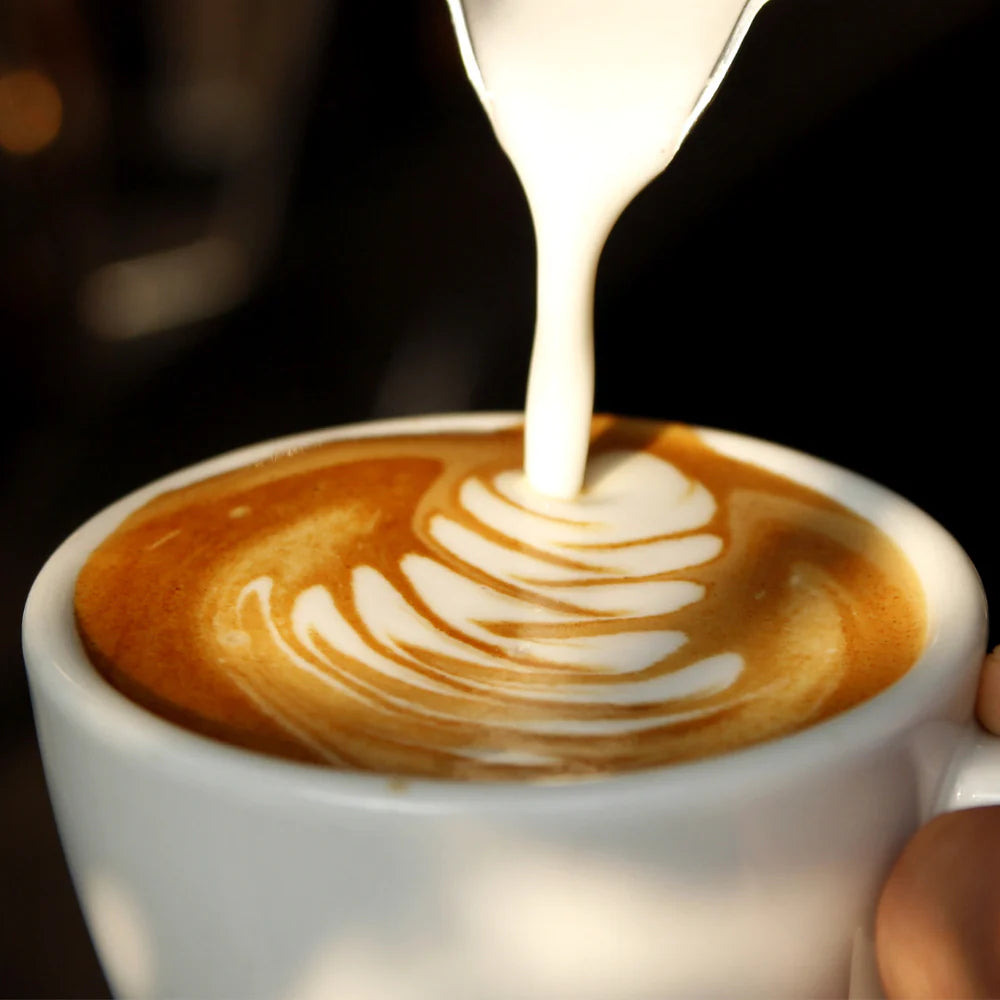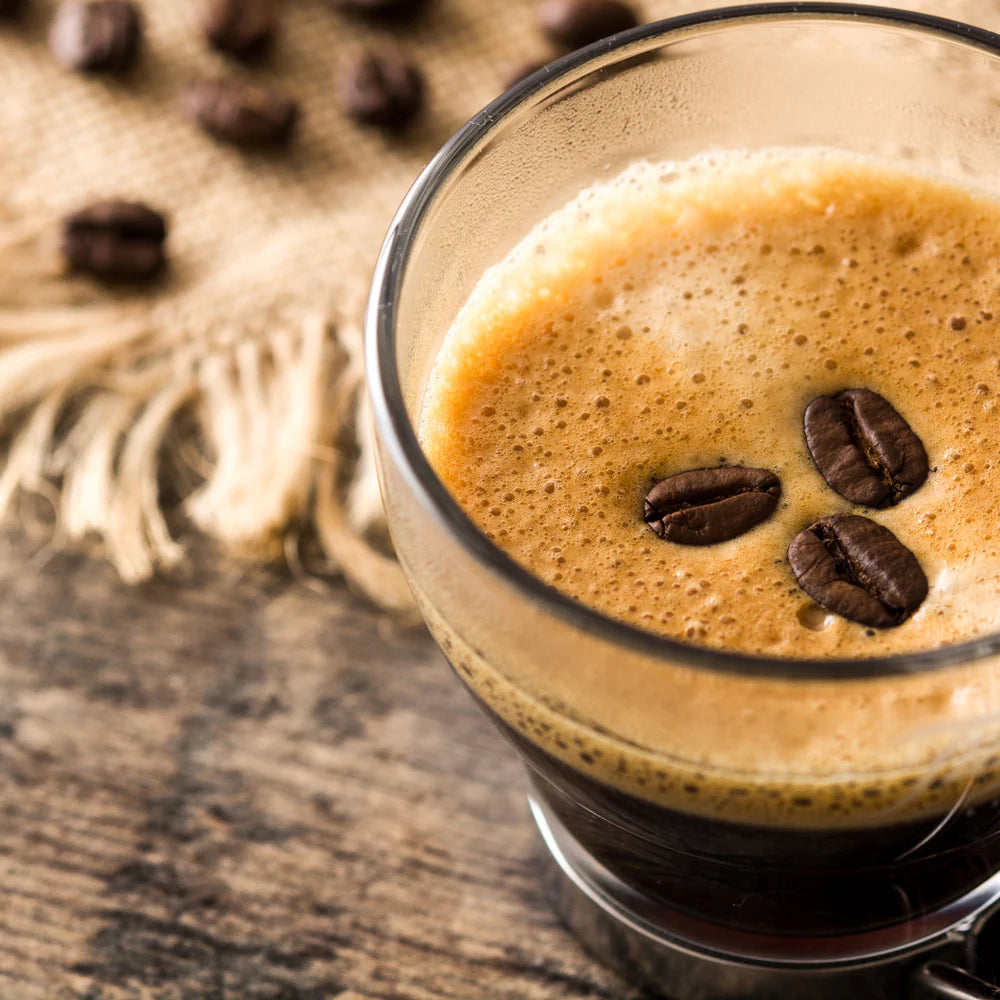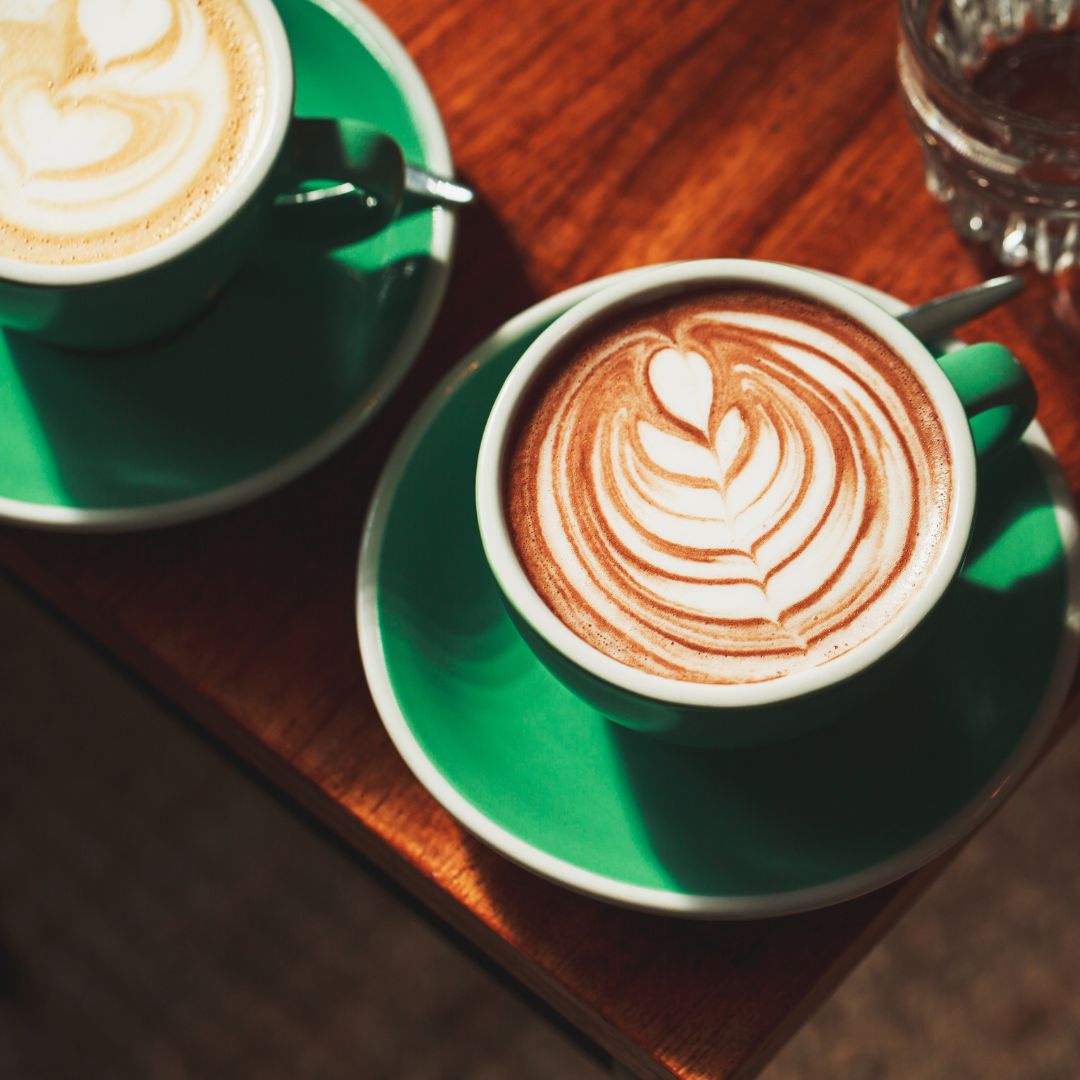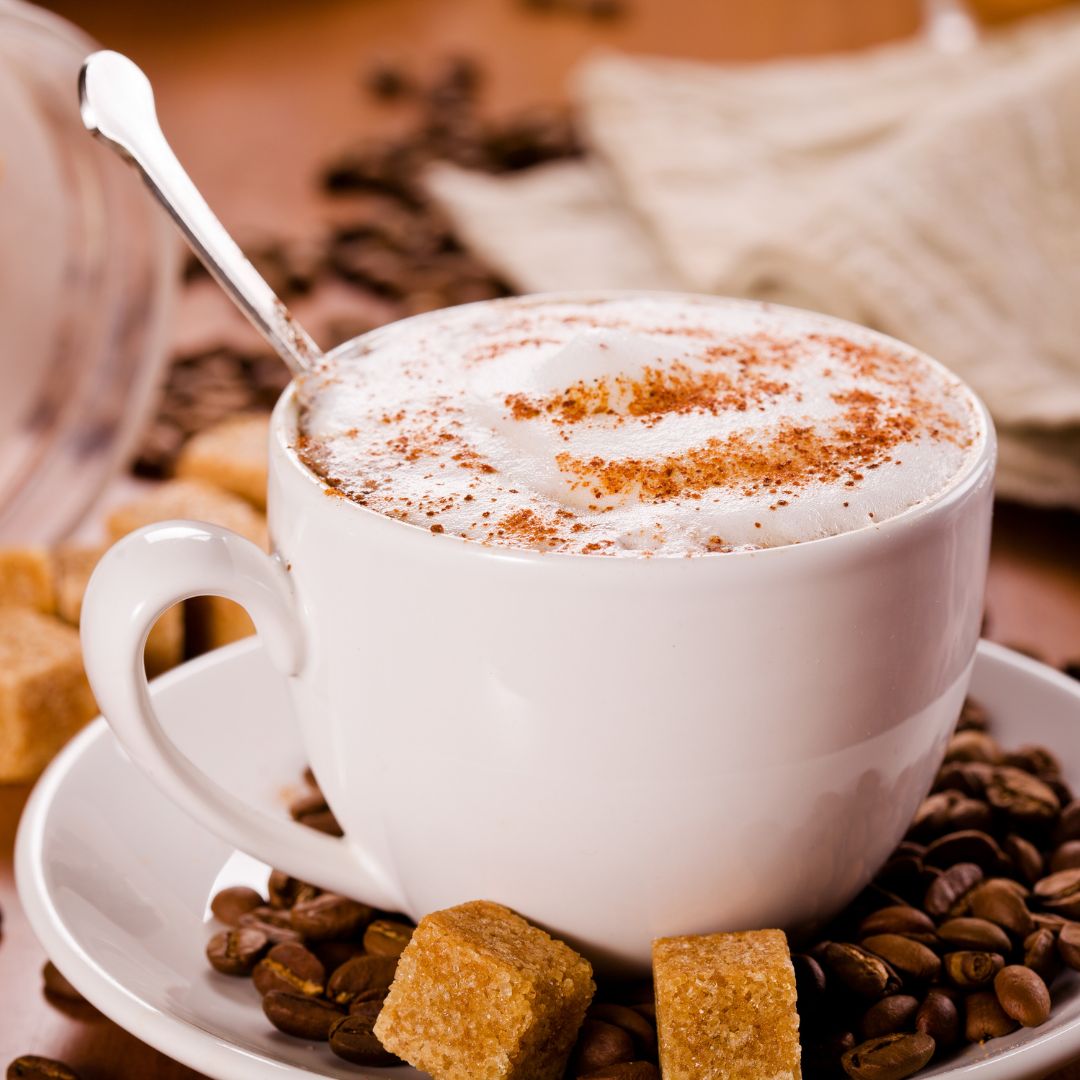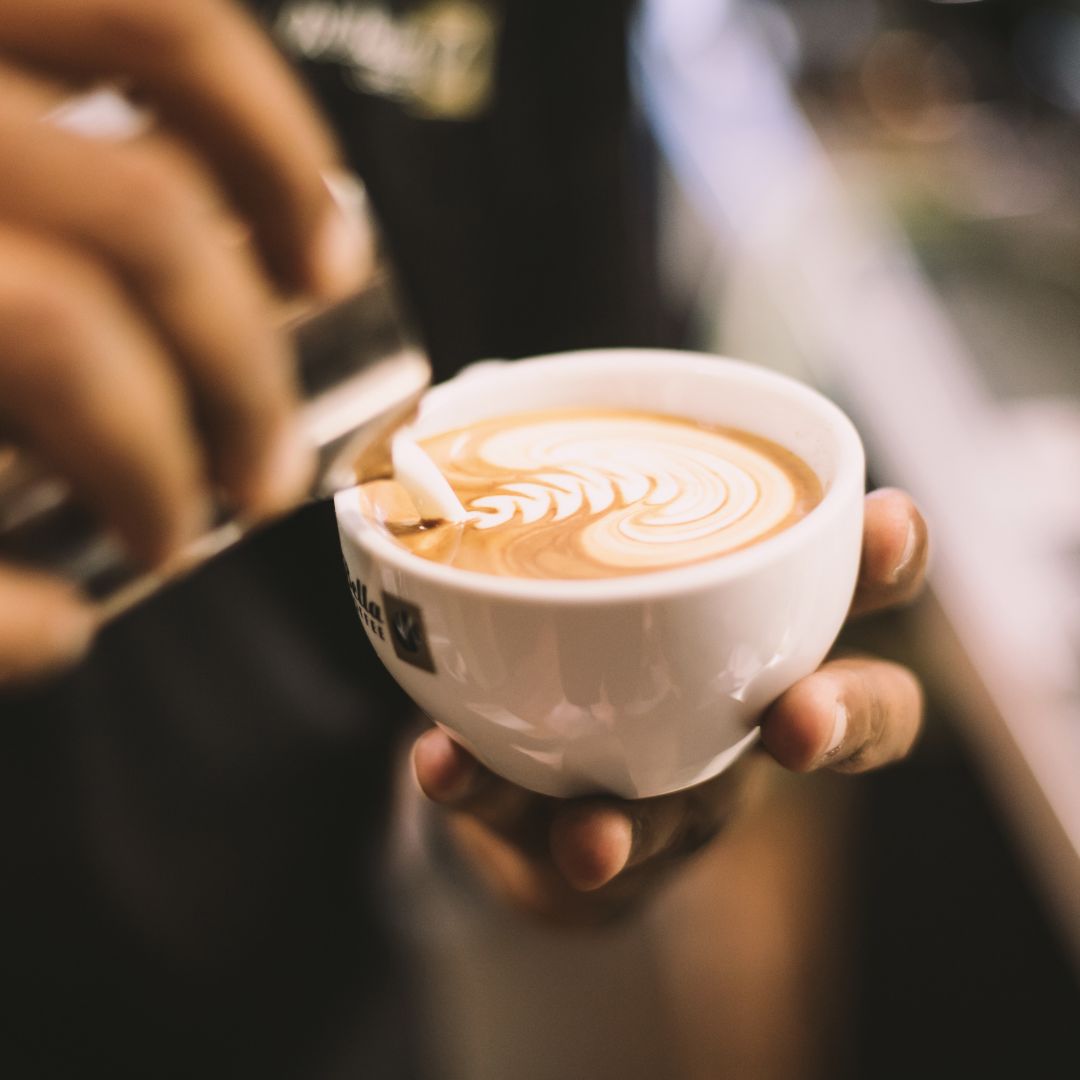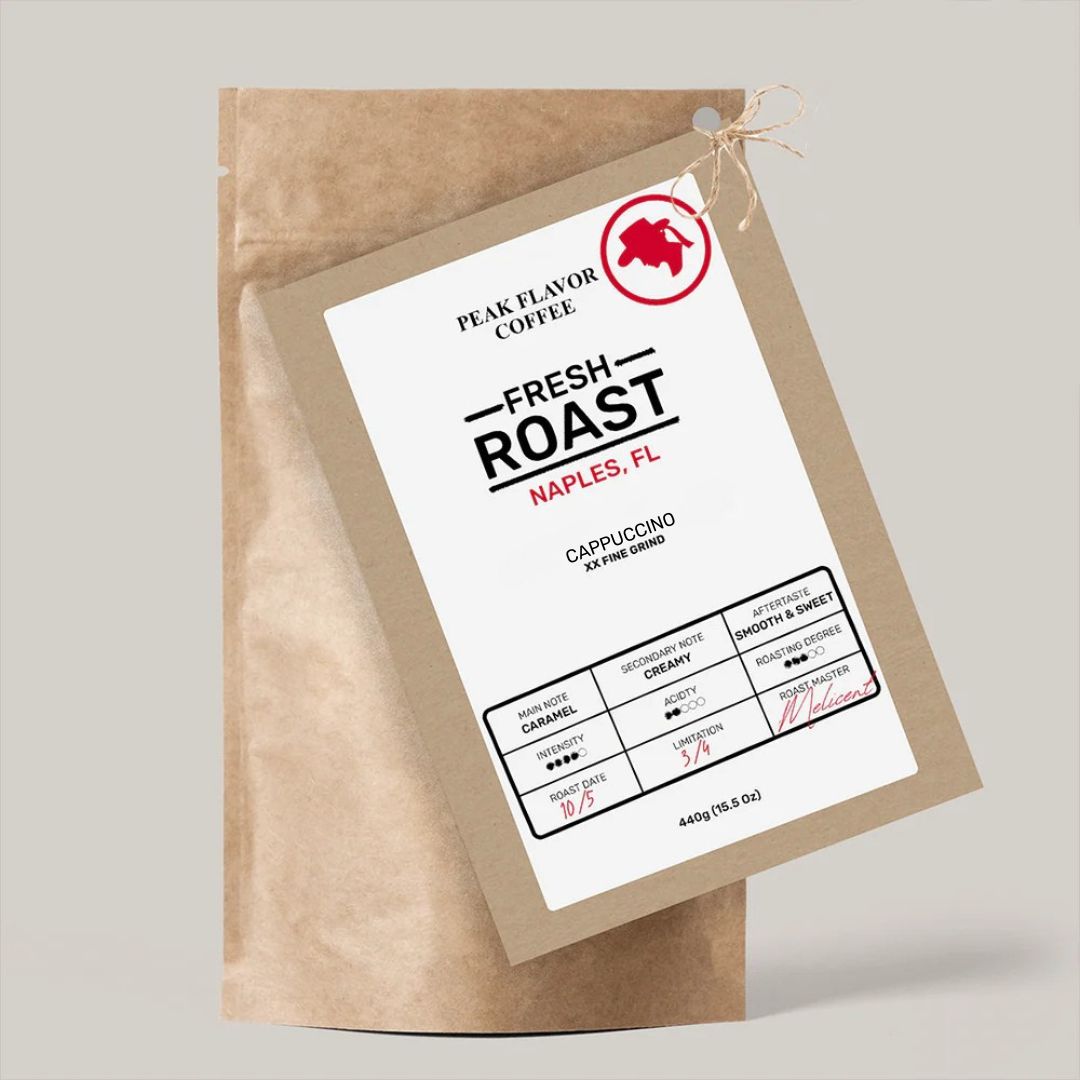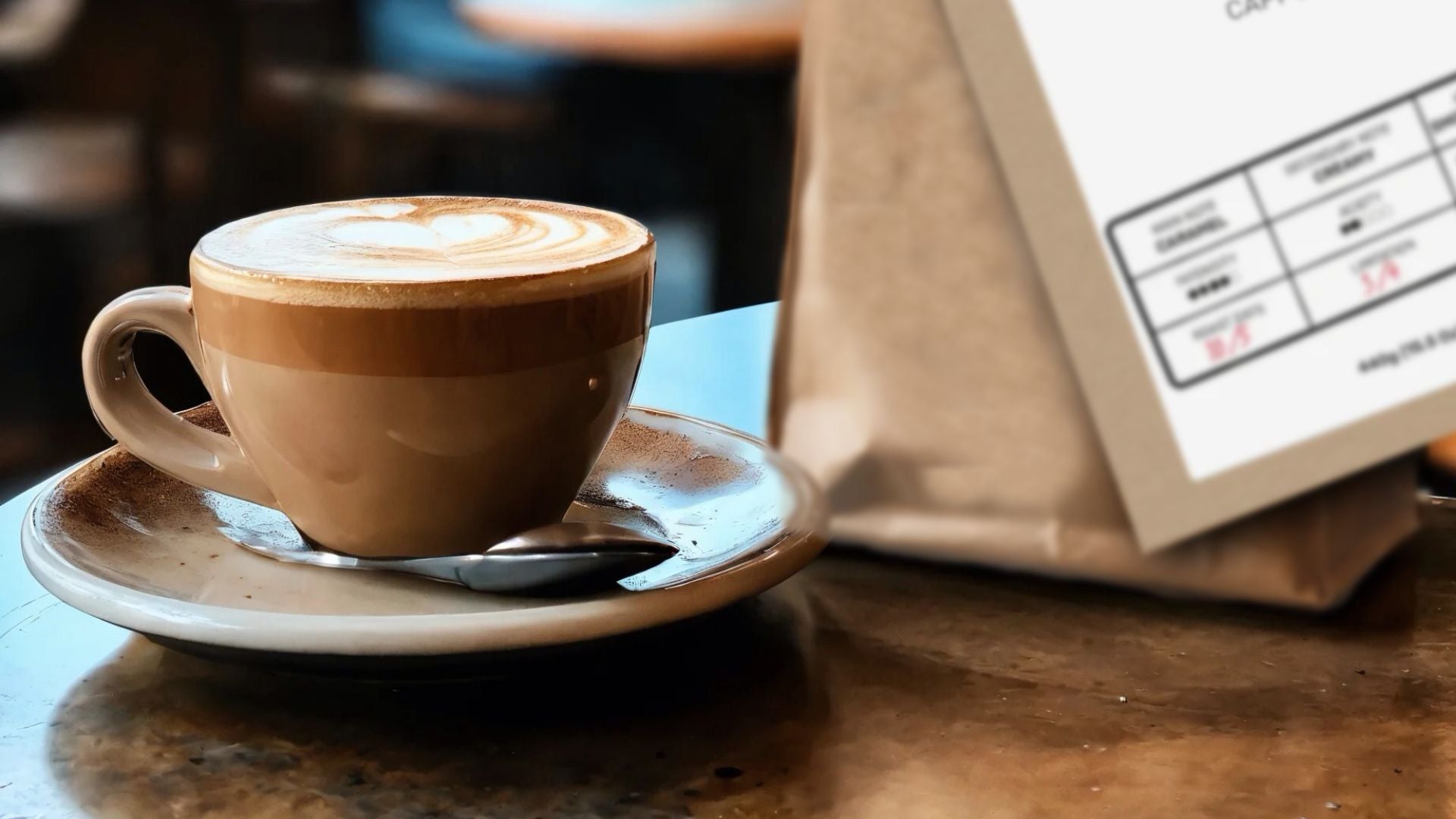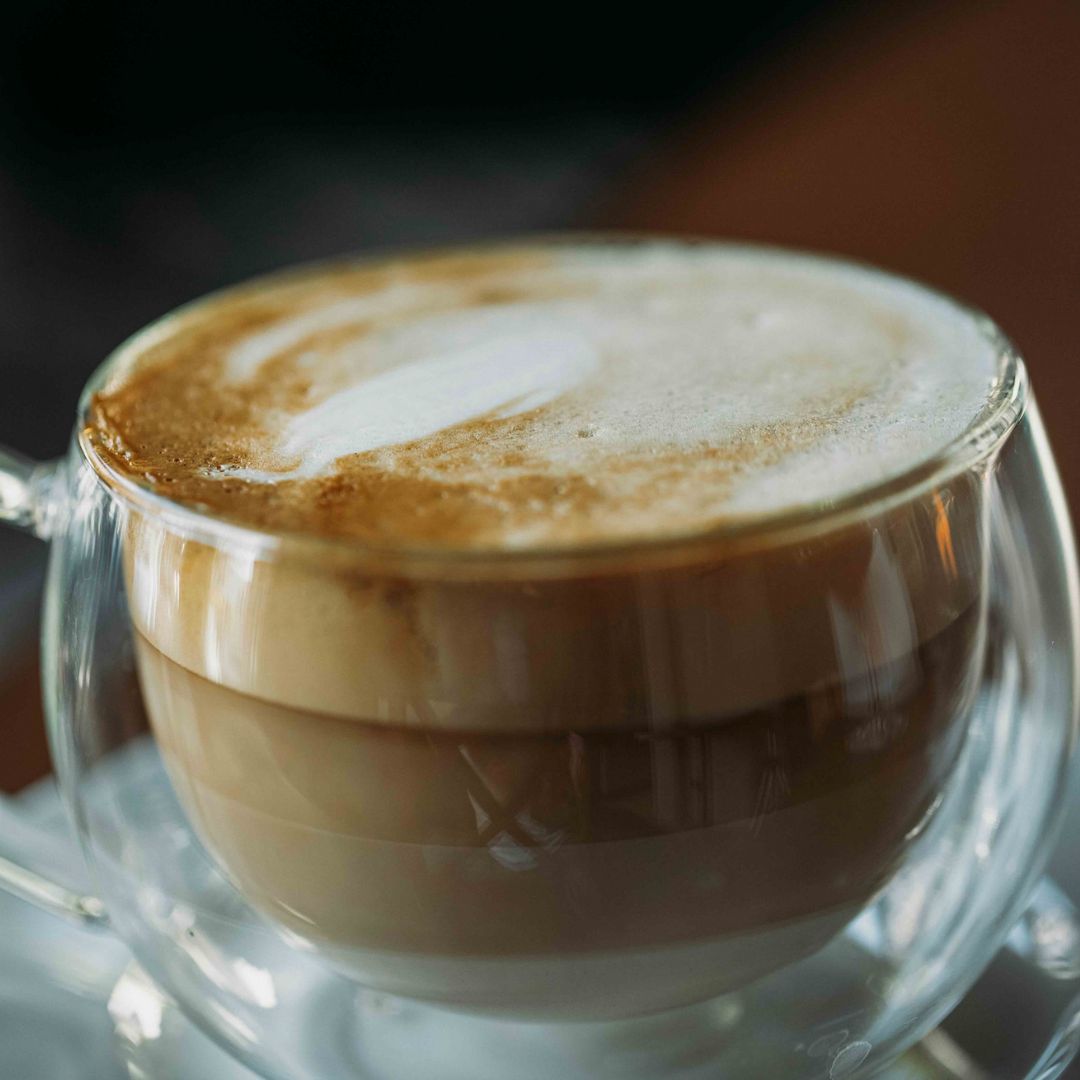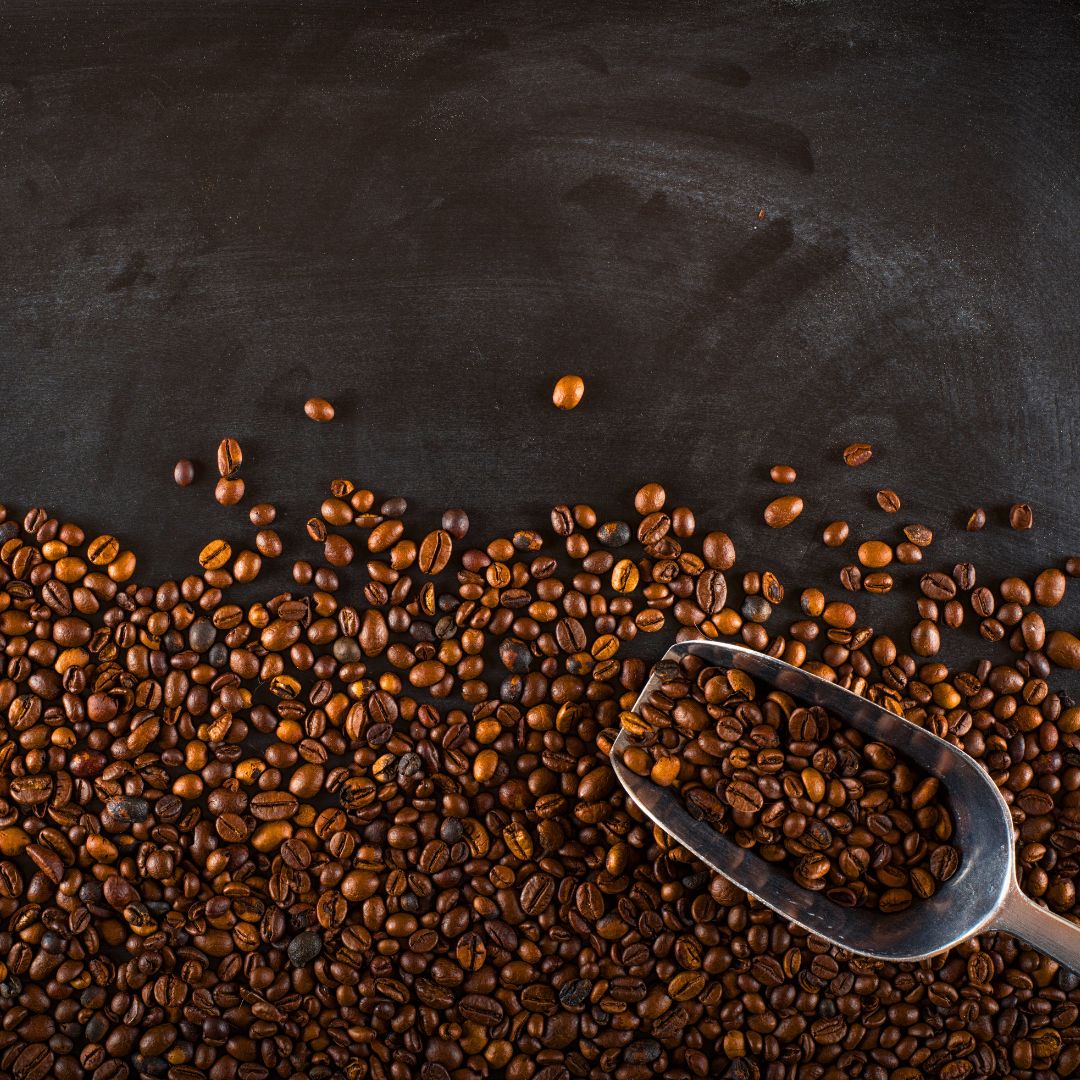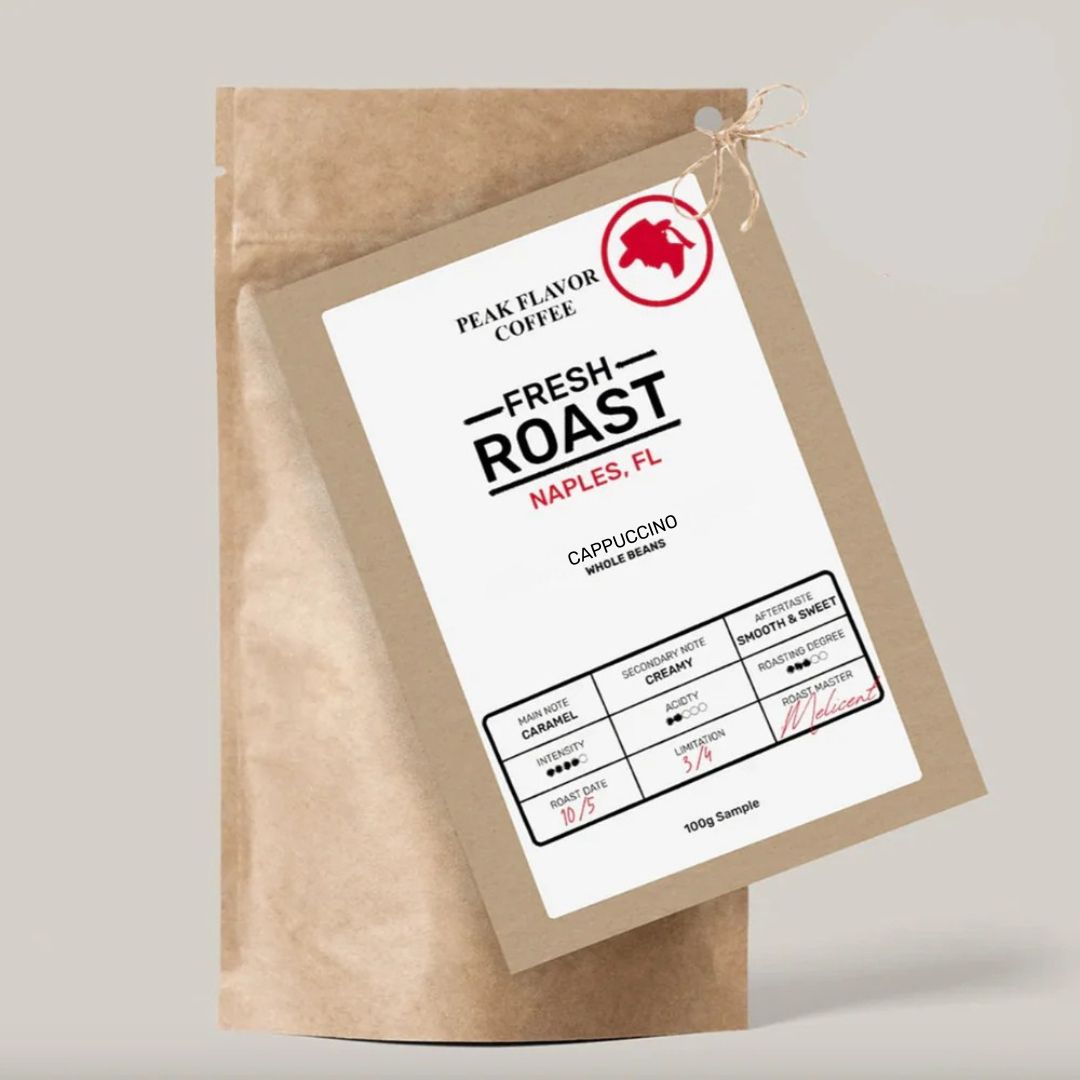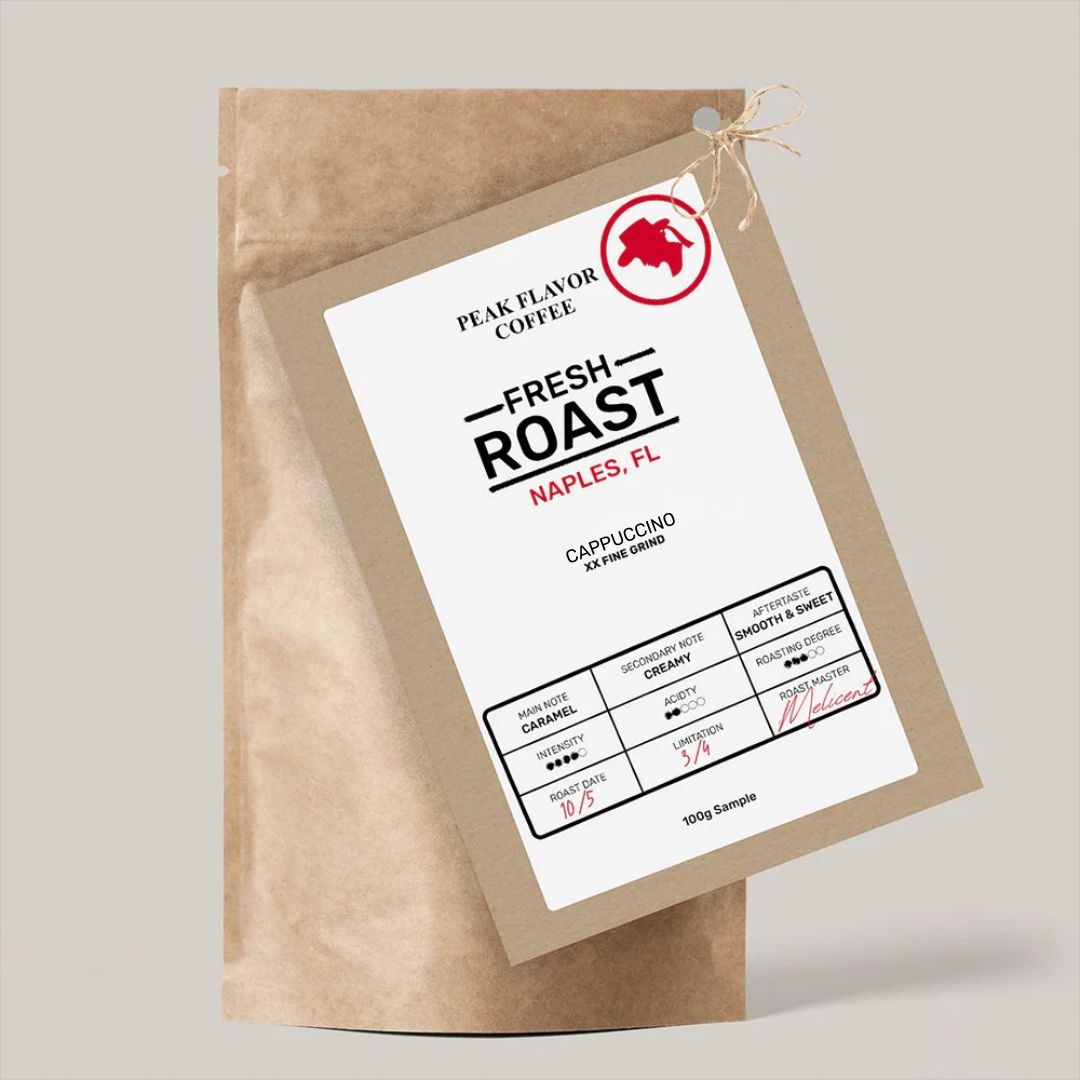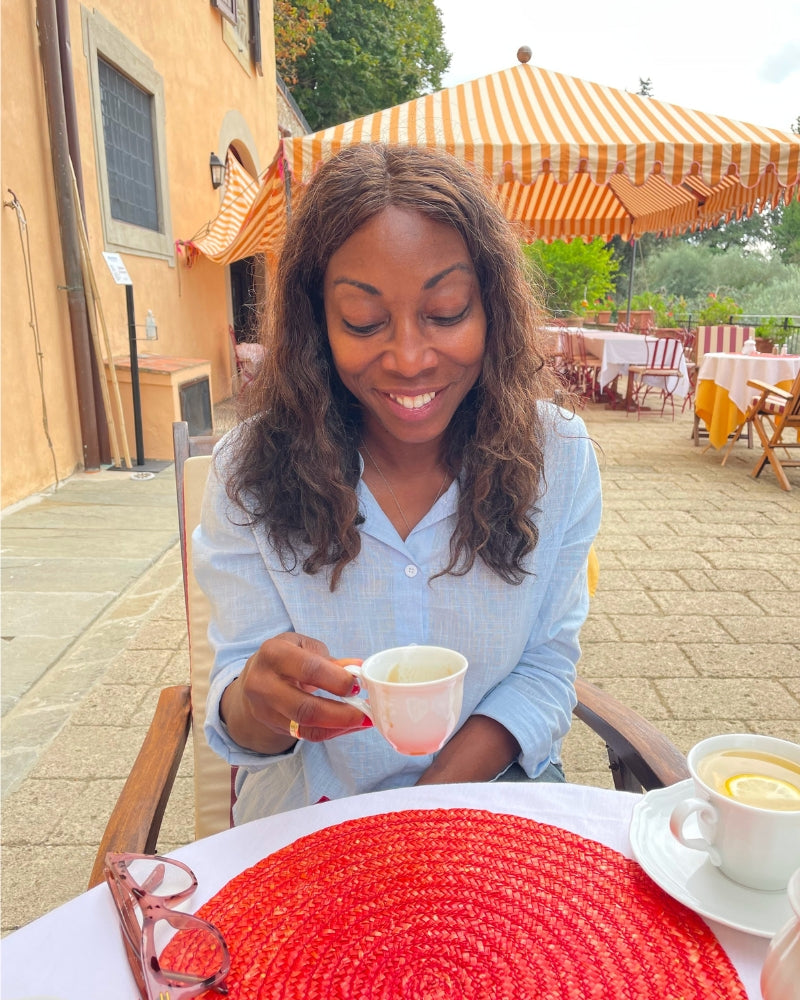Sip Smart, Stay Chic:
How Morning Cappuccinos Keep Italian Women Looking Fabulous
Why Italians Drink Cappuccino in the Morning - and Why It Might Be the Tastiest Weight Maintenance Trick You've Never Tried.
In the global coffee game, Italians are the undisputed champions of style, simplicity, and sass. And if there’s one rule that seems written in espresso foam and etched into biscotti crumbs, it’s this: never order a cappuccino after 11 a.m.
While this may sound like an eccentric cultural quirk (next to, say, strict pasta shapes for specific sauces), there's surprising science behind this ritual. In fact, the Italian cappuccino habit might just be a stealthy strategy for increasing satiety, reducing calorie intake throughout the day, and maintaining a healthy body weight—all without compromising on flavor or joy.
Could it be that cappuccino is Italy’s most delicious form of portion control? Let’s stir the crema and take a look.
Cappuccino: The Creamy Weapon of Morning Satiety
A classic cappuccino is a harmonious blend of one shot of espresso, steamed milk, and a cloud of milk foam. It's frothy, comforting, and has just enough caloric kick (about 60–120 kcal, depending on milk type) to take the edge off hunger without tipping into full-meal territory.
From a scientific standpoint, this combination hits the satiety sweet spot.
A study by Marciani et al. (2001) used MRI scans to show that milk proteins and fats slow gastric emptying, meaning your stomach stays fuller, longer. This reduces the temptation to reach for mid-morning snacks (we’re looking at you, office doughnuts).
And it’s not just about fullness—it’s about timing. Consuming these calories in the morning—when your metabolism is humming and insulin sensitivity is at its peak—can help with better appetite control later in the day (Jakubowicz et al., 2013).
So when Italians sip their cappuccino with a light breakfast (often a small pastry like a cornetto), they may actually be front-loading their energy in a way that prevents overconsumption later.
Cappuccino = Controlled Indulgence
This makes cappuccino a brilliant appetite buffer: it provides just enough satisfaction and creaminess to avoid deprivation, without sabotaging your caloric budget.

The Science of Not Eating Like a Manic Squirrel at 4 PM
Let’s face it: the midday munchies and late-night fridge raids are the culprits behind many of our caloric sins. But science tells us that eating more in the morning - and especially consuming protein and fat early - can reduce those late-day cravings.
In one study, Jakubowicz et al. (2013) found that people who had a larger breakfast and smaller dinner lost more weight and felt less hungry throughout the day compared to those with the same total calories flipped.
Enter traditional Italian cappuccino beans: With its modest dose of protein (~6g) and fat (~4g) (in whole milk versions), it helps set that tone of "I’m fed and satisfied" early on.
Throw in a modest pastry and you’ve got the Italian version of strategic indulgence: enough food pleasure to avoid bingeing later, but not so much that your pancreas files a formal complaint.
Light on the Gut, Heavy on Flavor
There’s also a digestive logic to drinking milk in the morning. Our bodies, especially those with mild lactose sensitivity (common in Mediterranean populations), handle dairy best earlier in the day when digestive enzyme activity is higher (Swallow, 2003; Misselwitz et al., 2013).
Later in the day, that same cappuccino might feel heavy or bloat-inducing, which is why Italians politely decline it after lunch. It’s not just about etiquette; it’s smart digestive engineering. Have your milk when your body wants it most—first thing in the morning.
Italians may not be thinking about enzyme activity over their espresso machine, but their traditional behavior is backed by gastroenterological science.
Cappuccino and Cultural Wisdom: Intuitive Nutrition in Action
Italian food culture often gets framed as decadent—pasta! gelato! wine!—but it’s remarkably portion-conscious and rhythm-savvy. People eat within structured windows, with minimal snacking and an emphasis on balance and pleasure.
As Montanari (2006) puts it in Food is Culture, Italians have long favored digestibility and pleasure over excess, with eating behaviors passed down through generations - not from nutritionists, but from nonna.
Drinking a cappuccino in the morning, not in the afternoon, becomes a kind of cultural chrononutrition - where habits line up with metabolic best practices.

Cappuccino as Satiety Strategy: Why It Works
Let’s break down how this small ritual supports healthy weight maintenance by focusing on mechanism and effect:
- Milk protein & fat - Slows gastric emptying, increases satiety (Marciani et al., 2001)
- Morning consumption - Aligns with high insulin sensitivity and metabolism (Jakubowicz et al., 2013)
- Cultural portion control - No super-sized lattes; standard 150–180 ml cups keep calories in check
- Sensory satisfaction - Creamy texture and warmth reduce psychological hunger (Engelen et al., 2003)
The Italian cappuccino is essentially portion-controlled satisfaction, bundled in a cup, delivered with flourish, and consumed when it makes the most biological sense.
Espresso Yourself: Taste Without the Trade-off
The brilliance of cappuccino is that it lets you enjoy something luxurious without descending into a caloric free-for-all. It's coffee with a silk robe—not a dessert in disguise.
Compare it to your average coffee shop vanilla latte, which can top 300–400 calories with syrups, whipped cream, and milkshakes masquerading as beverages. Italians keep it simple: cappuccino beans, a cappuccino roast, milk, and mastery.
And the result? A population that, despite loving food deeply, has lower obesity rates than many other Western countries—including the U.S., where our coffee cups have grown in size and sugar.
The Takeaway: Froth Before Feast
If you want to drink coffee like an Italian and maybe lose weight like one too - consider this delicious strategy: Start your day with a cappuccino. Add a small pastry or balanced breakfast, and let that combination power you until lunch.
Skip the syrupy, heavy lattes, avoid the 3 PM crash-snack cycle, and you just might find yourself feeling fuller, more energized, and less dependent on vending machine psychology.
You don’t have to give up flavor to control your weight. You just need to time your pleasure wisely.
Final Thought: When in Rome… Copy the Cappuccino Clock
Italians may have invented cappuccino as a morning joy, but science is showing us that it’s also a clever, built-in dietary strategy—one that promotes satiety, limits excess snacking, and still celebrates taste.
So the next time you raise your morning cappuccino, remember: you're not just drinking coffee -you're engaging in culturally-optimized, metabolically-savvy indulgence. And hey, with the right cappuccino beans, authentic cappuccino tastes fantastic too.

